2020 began with so much promise. My calendar was filled with travel that made the landscape photographer in me giddy with excitement. Personal trips were planned to Turks & Caicos, the Tetons and Italy. And I looked forward to hosting my five sold out ladies’ landscape photography retreats in the Tetons, Chicago and Banff.
On the heels of arriving home from a few days in the Tetons in late February, the coronavirus had ramped up in Italy and it became clear we’d have to reschedule our family’s spring break. Shortly after that, the country declared a state of emergency and it quickly became clear that we’d be house bound and the landscapes I hoped to explore would be traded for the brown backyard view that comes with late winter in the Chicago suburbs.
Certainly this was disappointing, and I spent a few moments indulging the sadness of losing these anticipated experiences. However, it was a small loss relative relative to what others are experiencing during this pandemic. The health and safety of many is in jeopardy and the clear and best choice is to stay home.
In the last few weeks, I have had moments wondering about the point of photography right now when there are bigger things that matter. When people’s lives and livelihoods are at stake, it can be hard to see how spending time behind a camera matters. Why take pictures and why share them? But they do matter. They matter because they document this time. Even the images of nature matter because they offer a glimpse of beauty in an uncertain time. The sun still rises and sets, the birds still chirp and the spring flowers will bloom. These images offer hope and fill our eyes and minds with something beautiful amidst the constant anxiety producing news that fills our screens.
Quite often when I am between trips, I put the camera down for a little while and spend my photography time editing my travels and working on business tasks. I could easily have spent the last three weeks doing only that as I have plenty of backlog from past travel to keep me busy. But one morning, I noticed the birds were coming back to the tree outside my kitchen window and a red cardinal perched in the grass below. I went to grab my camera with my SIGMA 150-600mm F5-6.3 DG OS HSM | Contemporary lens to capture him. By the time I got back he had flown away. I decided to leave my camera with my 150-600 in the corner of the counter so I could catch him, or other birds, next time.

In that moment, my new project was born. I set out to capture the beauty in my backyard with my 150-600mm DG OS HSM | Contemporary lens. Although I couldn’t travel and the scenery outside my windows is leafless and brown at this time of year, I decided I would try to find the beauty in front of me and use my telephoto lens to capture it. While this lens is not new to me, the scenes I most typically capture with it look a little more like this:
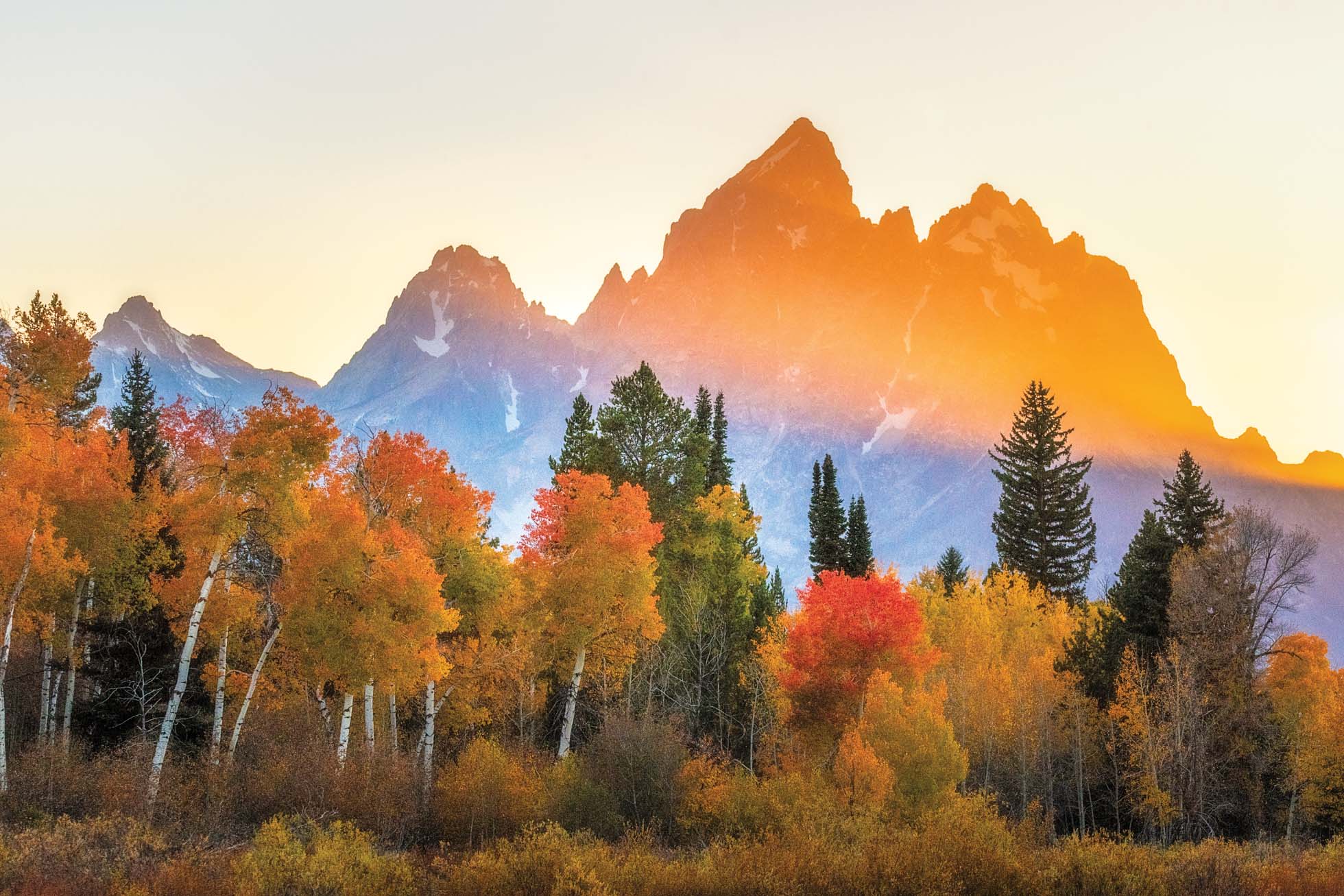
SIGMA 150-600mm DG OS HSM | Contemporary at 150mm on Nikon Z6. 1/4000, F5, ISO 1250.
It is typically those breathtaking mountain views or crashing ocean waves that keep the camera to my eye (or tripod!) and leave me so inspired that I hardly feel anything except the present moment. It calms and grounds me. While I miss those stunning views, I am finding solace and peace in taking quiet moments to stand and observe the simple beauty of nature outside my window. Finding the beauty in the raindrops on empty branches or a squirrel on the fence is bringing me the same sense of calm in these “quarantine“ days, if only for a few moments.
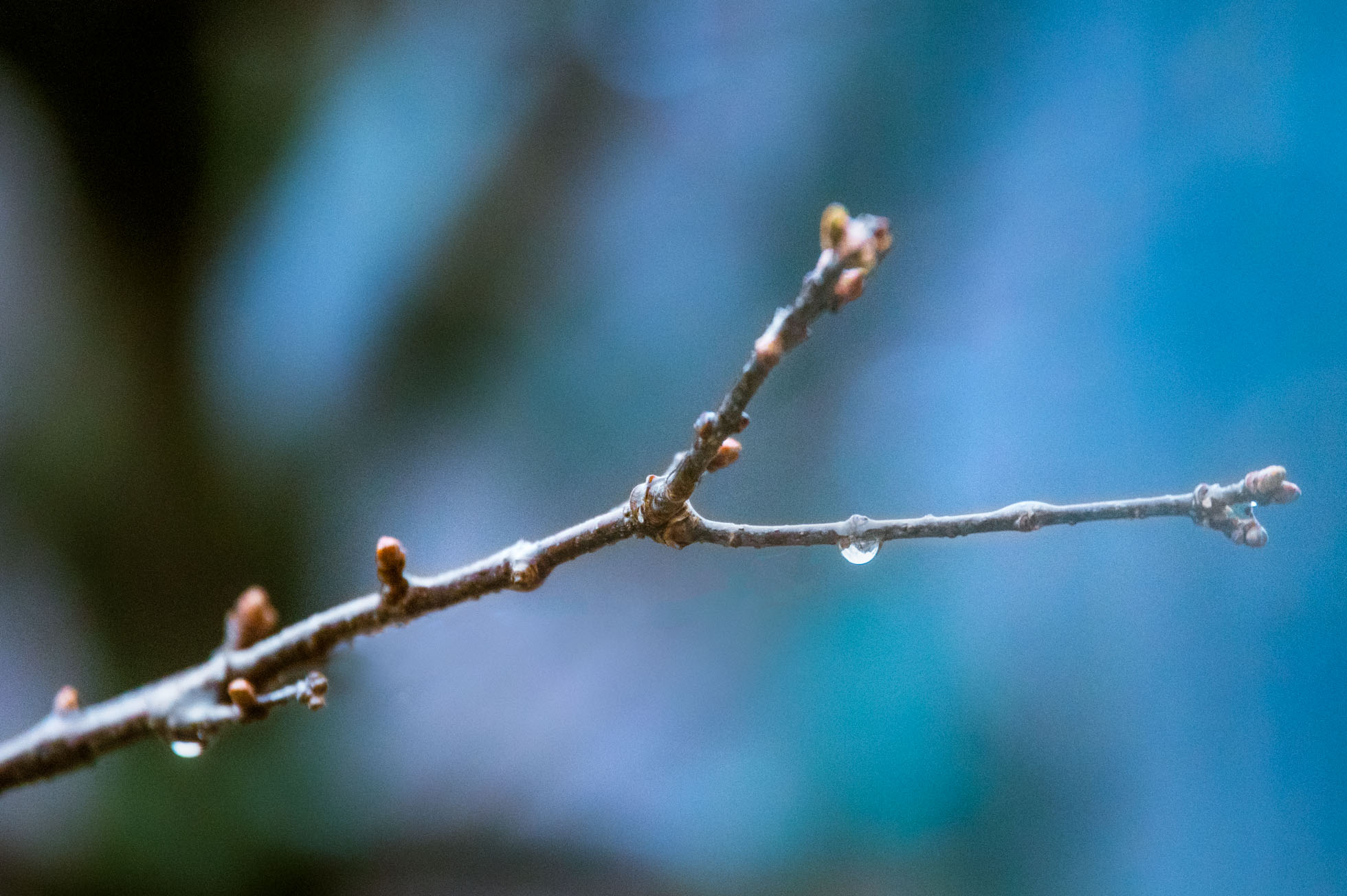
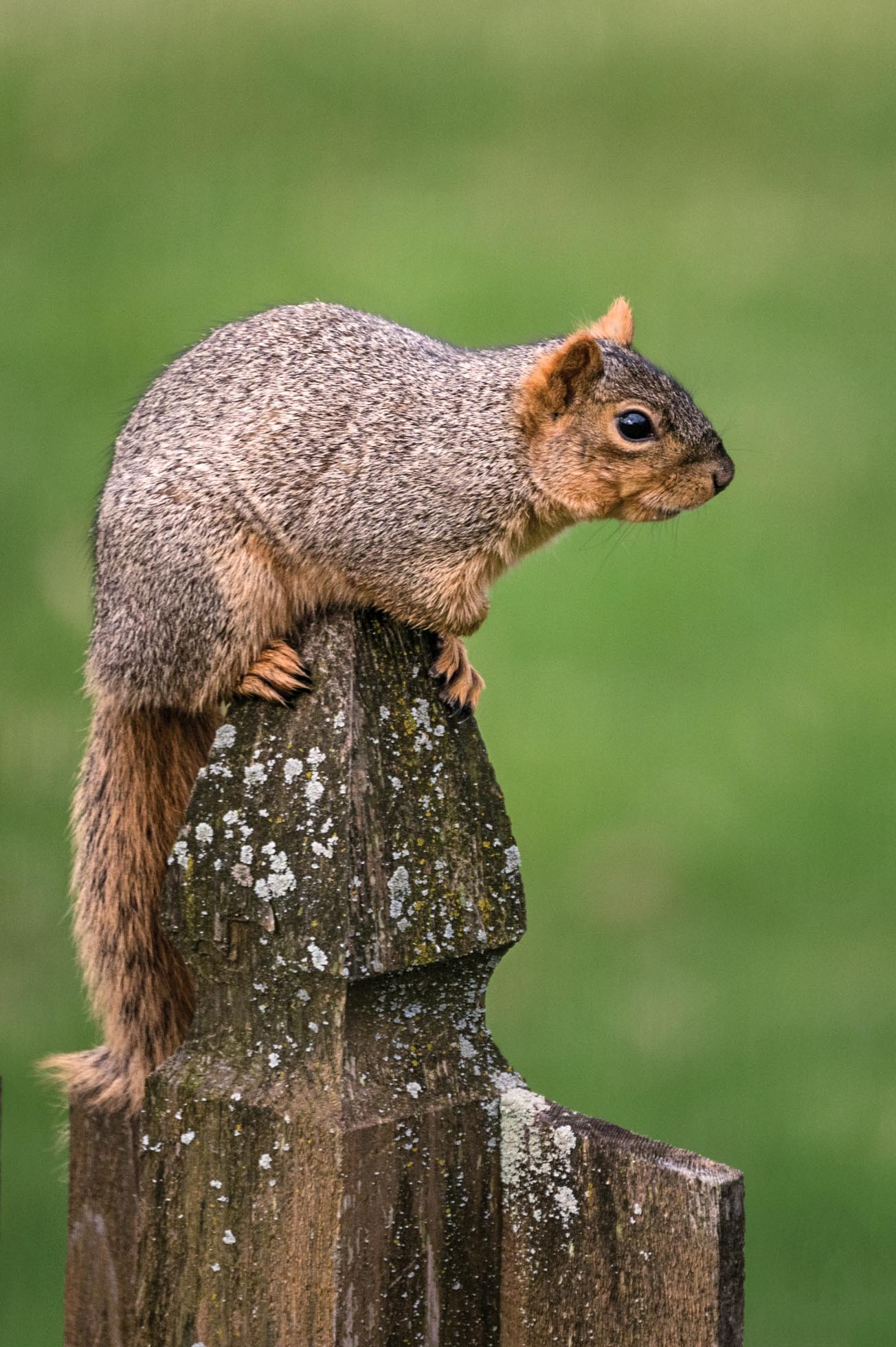
SIGMA 150-600mm DG OS HSM | Contemporary at 600mm on Nikon Z6. 1/1600, F6.3, ISO 1600.
In just a few weeks, I have captured a variety of different images from ducks in a late season snowfall, several different birds, still life, abstracts and even the moon. I look forward to seeing how my project develops as spring blooms here in the Midwest.
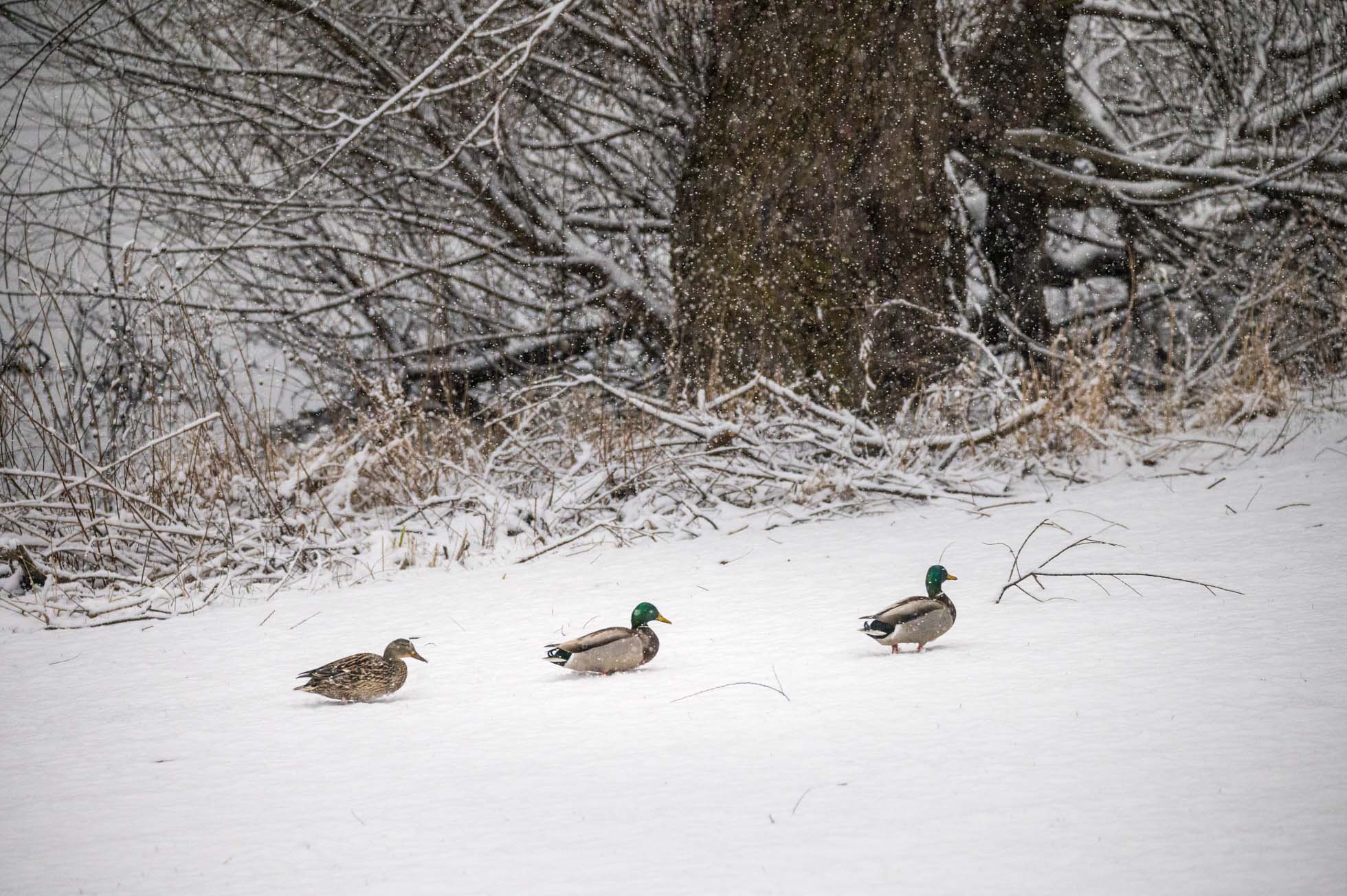
SIGMA 150-600mm DG OS HSM | Contemporary at 310mm on Nikon Z6. 1/2000, F7.1, ISO 4000.
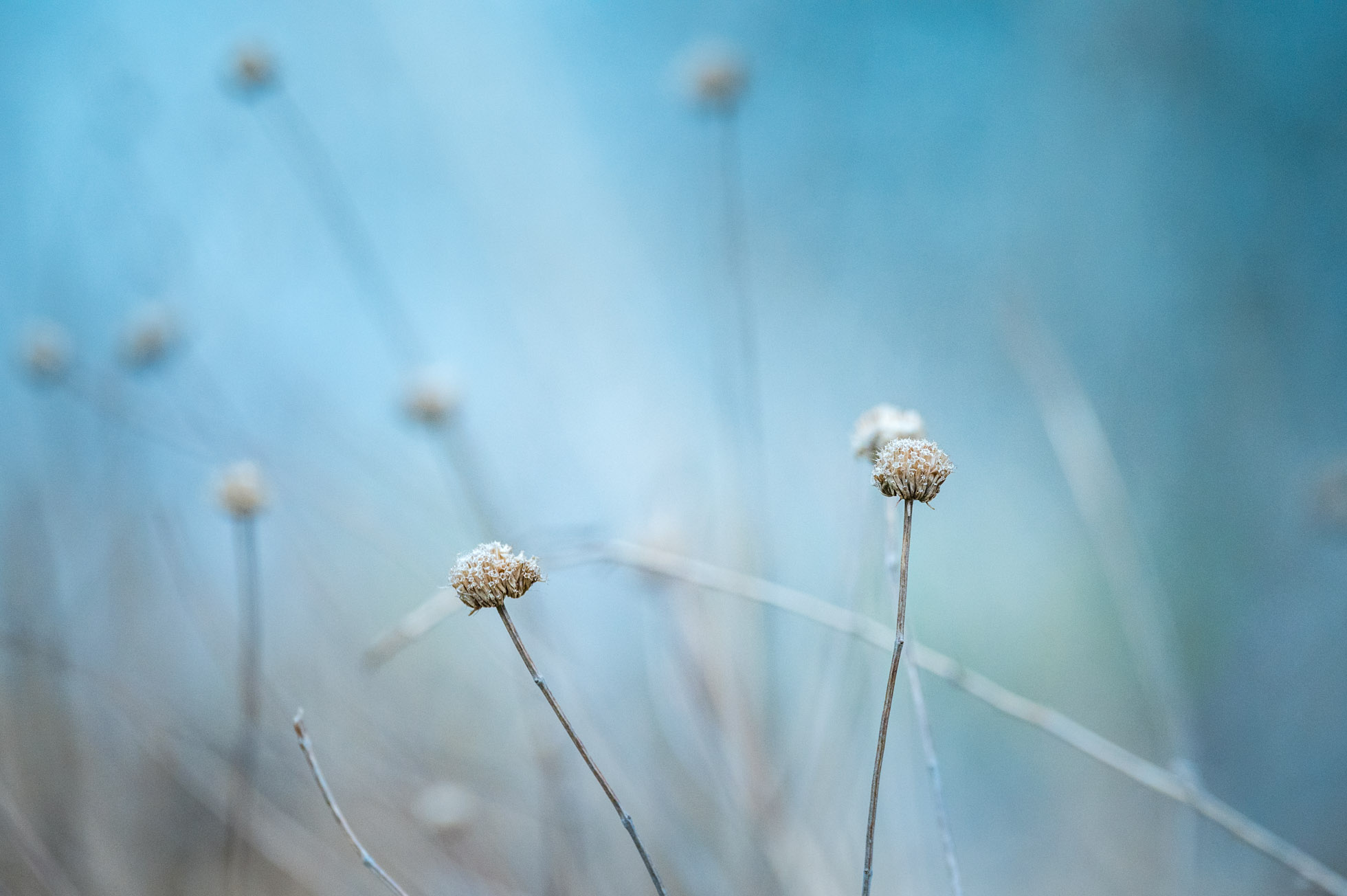
SIGMA 150-600mm DG OS HSM | Contemporary at 480mm on Nikon Z6. 1/3200, F7.1, ISO 4000.
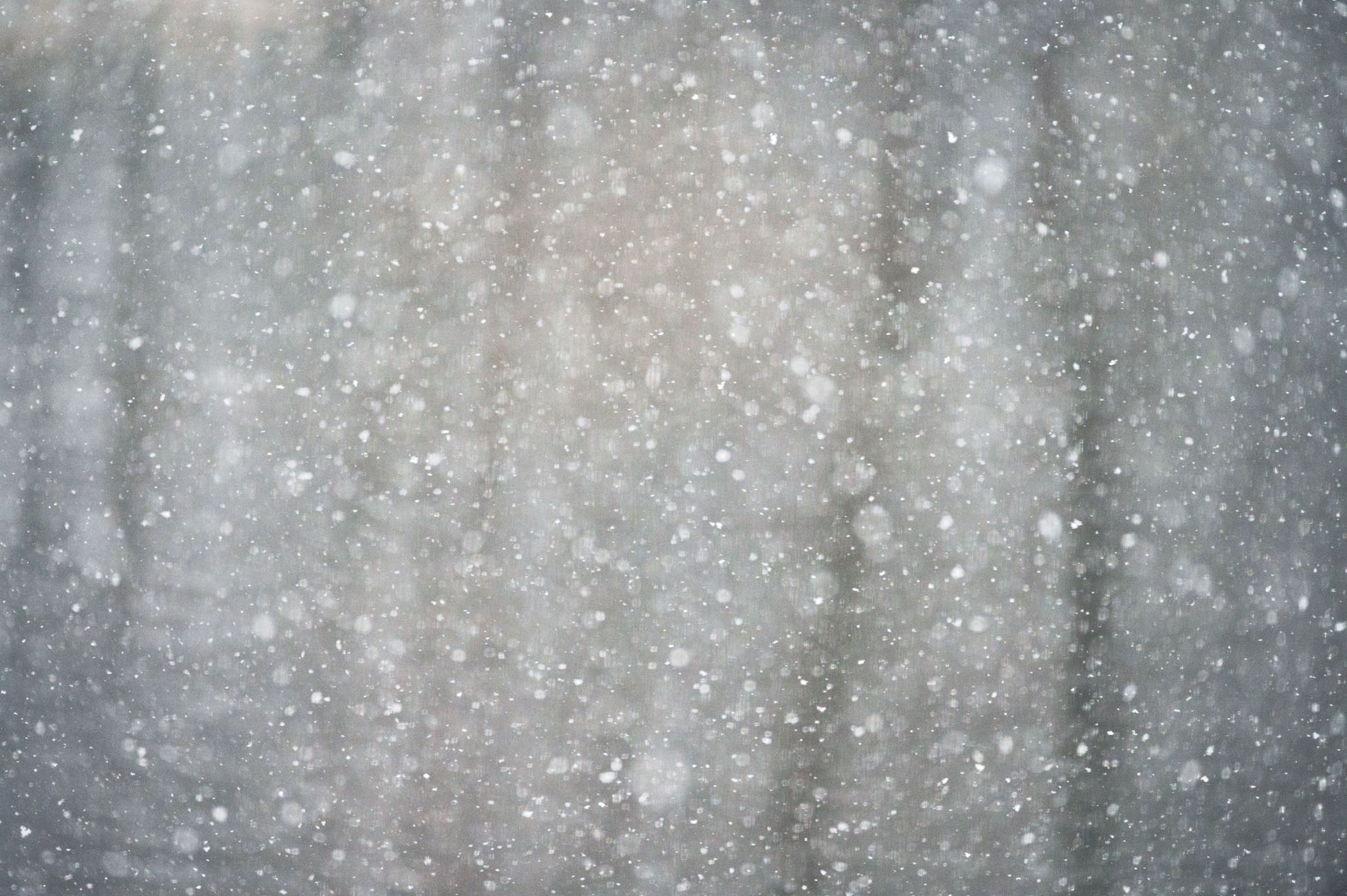
SIGMA 150-600mm DG OS HSM | Contemporary at 480mm on Nikon Z6. 1/1600, F6.3, ISO 2000.
A couple tips if you decide to start using an ultra-telephoto lens like the SIGMA 150-600mm:
- Keep Your Shutter Speed High!
The 150-600 is a beast of a lens! If you are shooting without the stabilization of a tripod or Optical Stabilizer, camera shake may prevent your images from being sharp. I find that 1/1000 is the minimum I need for tack-sharp images. Faster than that is even better. Quite often I will use 1/1600 or 1/2000.
- Don’t be afraid to raise that ISO!
When shooting handheld and at a high shutter speed, you’ll need to crank that ISO. Many of my images are ISO 3200 and up to ISO 6400 depending on the light. It is preferable to raise the ISO and get proper exposure than to keep the ISO lower and underexpose. Better image quality comes with proper exposure.
- Use a tripod or other stabilization when possible.
Sometimes with creatures like birds, we don’t have time to set up a tripod or it becomes too hard to follow them on the tripod. But when possible, a tripod will add stabilization and allow you to lower the shutter speed and keep a lower ISO. If I can place my elbows down on the ground or a fence, etc, I will. It is not as effective as a tripod, but more stable than upright. In lower light, any stabilization you can achieve will be helpful in getting the best image quality.
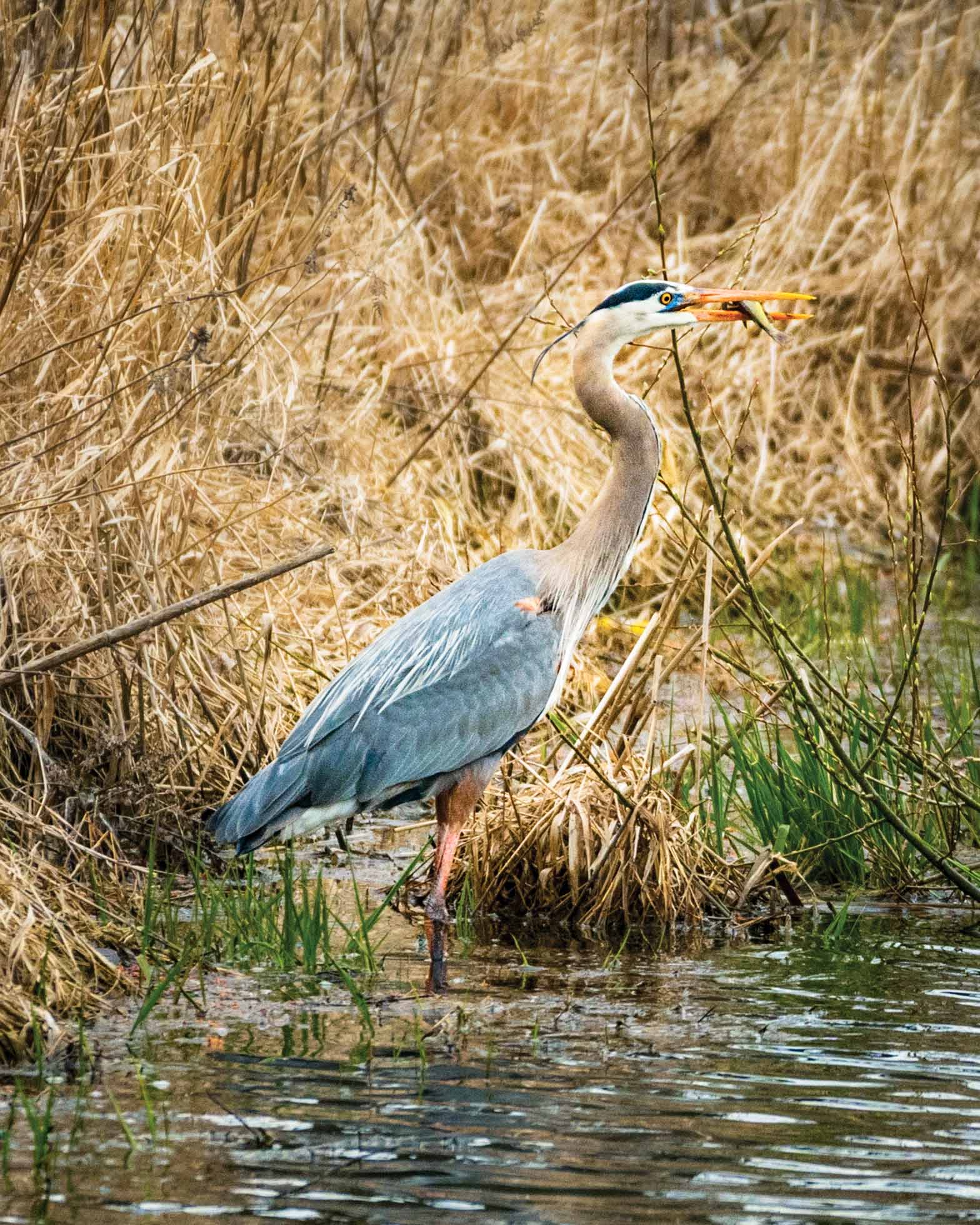
SIGMA 150-600mm DG OS HSM | Contemporary at 600mm on Nikon Z6. 1/3200, F6.3, ISO 2500.

SIGMA 150-600mm DG OS HSM | Contemporary at 600mm on Nikon Z6. 1/2000, F9, ISO 800.
While I didn’t set out in search of a project during these “shelter-at-home” days, I am glad this one found me. It is challenging me to use my skill set to expand my creativity and photograph subjects I don’t typically shoot. And perhaps most importantly, in this time of uncertainty, it is opening my eyes to see and capture unexpected moments of simple beauty in my own backyard.
Visit Kristen’s site for her eBook on landscape photography tips, too!

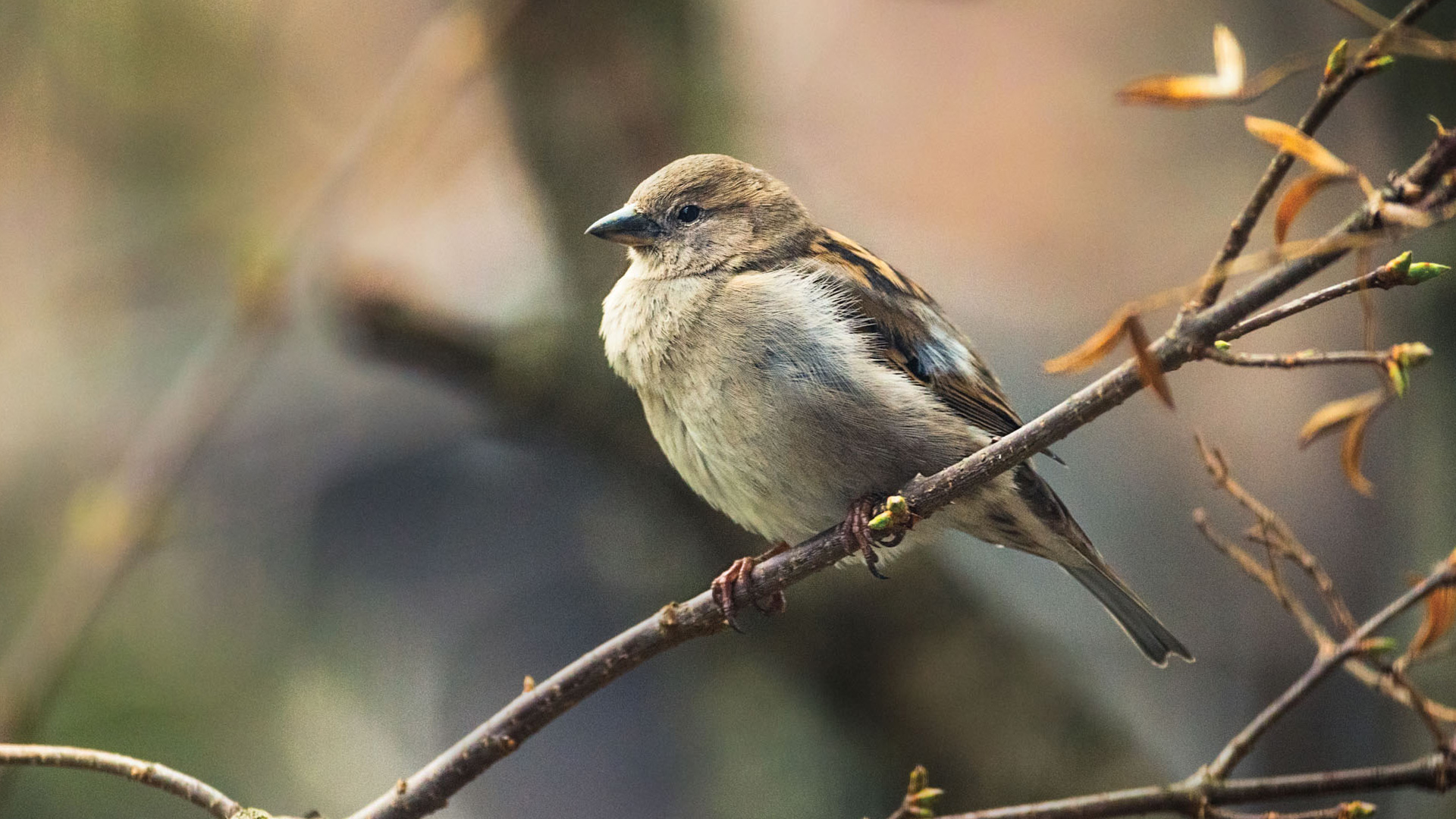
Thanks for sharing. So many photographers are backyard photographers. Work , money , health issues, time ect ect keep so many folks from getting to travel to take photos . Dreams of these exploits sell more cameras and their accessories than do they get used more than the backyard and local parks .
But as we start to learn the grass isn’t always greener on the other side of the fence . Or we learn how to create with what we are given but we still get to create. Being limited sometimes teaches us to see light better see better compositions, expressions and on and on .
So when we’re not given our cake maybe we start to taste the subtle sweetnesses of other foods .
Hi Troy! Thanks for your comment. I completely agree! As a mom of 4 kids, most of my time is at home in the suburbs. Wouldn’t trade that life! But I am grateful the kids have gotten to a point we can take a couple trips a year with them. The ladies’ retreats I started hosting a couple years ago just got to the point of allowing me to travel a little more and experience this passion with other women who share it. Meanwhile the rest of the time I look for ways of finding the beauty in more simple scenes. I agree it can teach you to see light and creativity in ways you might be when always presented with grander scenes that take one’s breath away.
Awesome article! Thank you for sharing your thoughts during this tough time in our lives. I can’t wait to put some of these ideas in practice in my own backyard!
Thanks so much Megan! Look forward to seeing what you capture!
What a great article ! I love using my 150-600mm to capture nature and wildlife images … I find I keep it on my camera more often than not when I’m in nature.
Kristen, you’re article is certainly befitting of this uncertain time. Thanks to your suggestion of doing a backyard project, I’m picking up my 150-600 more and more. I’ve added a birdbath to my backyard to help attract birds and give them water that they seek to find. DH is building some birdhouses for me from wood that went used from a past project. There’s a lot we can’t do right now but that doesn’t mean we have to stop living. Finding the joy in life is what is going to sustain us all through this pandemic. So yes, pick up your camera! Document the beauty in your yard. From your window. In your life. It’ll be part of the “how” we survived Covid-19.
Thank you Dena! Love seeing your wildlife captures!
Thanks for reading Cathy! And I am so happy to hear you were inspired to pick up your 150-600. Love that you are finding beauty in your backyard and creating a space to attract the birds. I agree, it will absolutely be part of how we survived this time of our lives.
Fortunate choice of backyard, Kristen. We had to cancel our travel plans too – we were intending to go back to Prague, then drift down through Cesky Krumlow to Vienna and on to Budapest, before returning home – but I am now wondering whether I will ever be able to do that trip, and certainly won’t, this year. LIke countless others, I am in lockdown, and our national borders are closed – full stop.
I empathise with extroverts – it isn’t unbearable for me, I’ve always been able to entertain myself – photography and music are my main obsessions, and I’ve always been able to do them on my own. But what of people like my brother who was never content without dozens up dozens of his friends – or people who simply can’t get through the week without a sporting event like a football match, and several hours with their friends, at a bar.
Regrettably my backyard cannot compete with yours for opportunity, so I have snuck out with my gear using my need for exercise as my excuse. The super moon, from outside my front door – actually I had to stand the tripod in the street! Some close ups for a friend in India. Decommissioning my previous computer and commissioning my new one, along with a new scanner. To the accompaniment of the occasional screams from my wife, who is one of the extroverts I had in mind, when I said this.
SIGMA would have been proud of me! – the 150-600mm sport, the SIGMA 2x adapter and a Nikon D500, for a total effective focal length of 1,800mm – and a moon shot requiring scarcely any cropping at all, to fill the image completely. People passing on the sidewalk in front of my house, as I stood there taking several shots of the moon, stared at this monstrosity – hung in a gimbal, on top of a professional Linhof aluminium tripod for extra stability – in utter disbelief! Totally different from the cellphones that apparently now account for 99% of the world’s “photography”{.
I adore your wildlife shots, Kristen – there’s a very friendly little willy wagtail that chirps “good morning” to me each day – I must try to capture him with my sport lens! So far, I’ve only managed a few shots of bees in flight, with my Laowa 100mm macro – and with the onset of autumn, here, in the southern hemisphere, the flowers have gone, taking the bees with them. Since I am allergic to bee stings, my wife was horrified to hear of my “bee” photos and glad of the change in the weather. Now I have to look for other subjects – they’ree not releasing us from captivity yet, not even likely to consider doing so for some months!